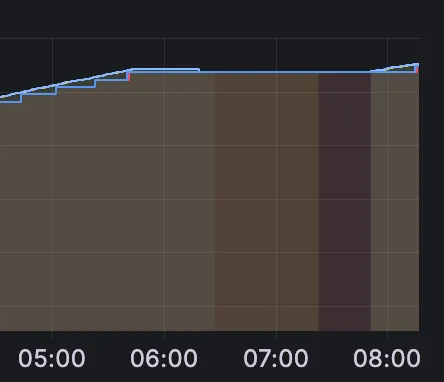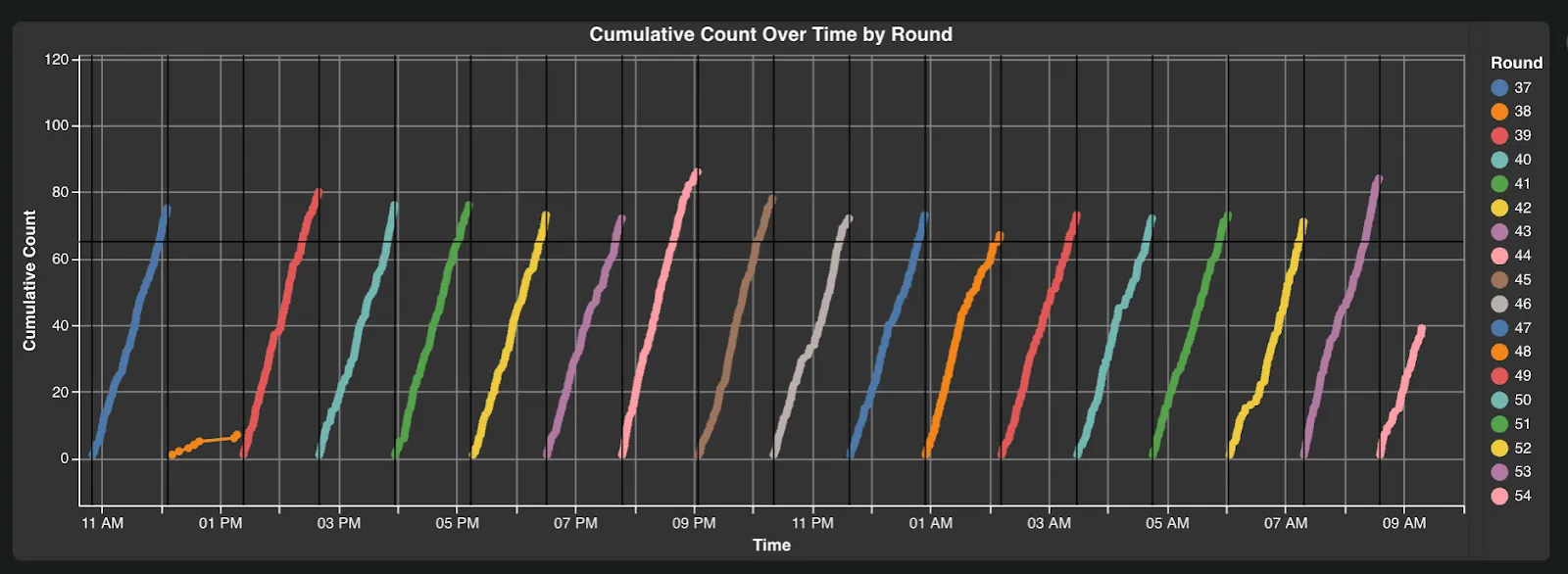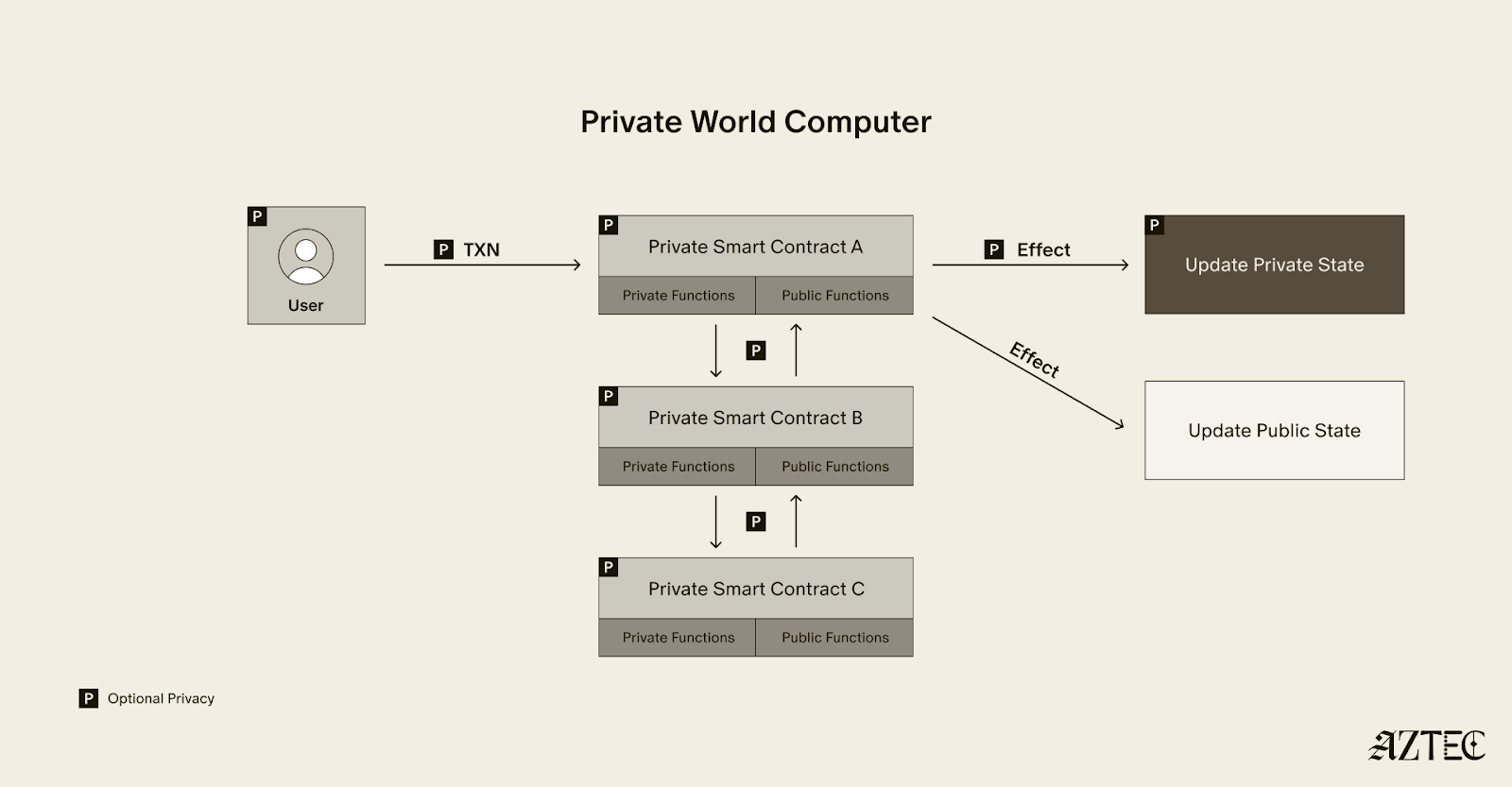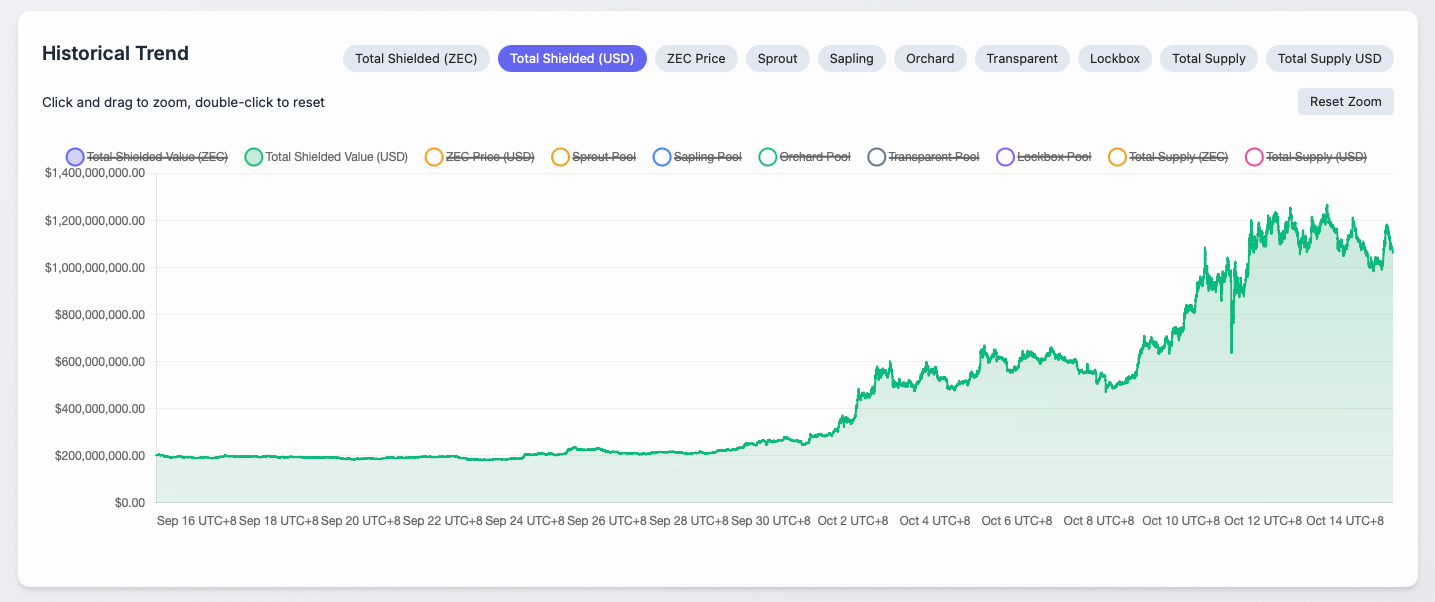Special thanks to Santiago Palladino, Phil Windle, Alex Gherghisan, and Mitch Tracy for technical updates and review.
On September 17th, 2025, a new network upgrade was deployed, making Aztec more secure and flexible for home stakers. This upgrade, shipped with all the features needed for a fully decentralized network launch, includes a completely redesigned slashing system that allows inactive or malicious operators to be removed, and does not penalize home stakers for short outages.
With over 23,000 operators running validators across 6 continents (in a variety of conditions), it is critical not to penalize nodes that temporarily drop due to internet connectivity issues. This is because users of the network are also found across the globe, some of whom might have older phones. A significant effort was put into shipping a low-memory proving mode that allows older mobile devices to send transactions and use privacy-preserving apps.
The network was successfully deployed, and all active validators on the old testnet were added to the queue of the new testnet. This manual migration was only necessary because major upgrades to the governance contracts had gone in since the last testnet was deployed. The new testnet started producing blocks after the queue started to be “flushed,” moving validators into the rollup. Because the network is fully decentralized, the initial flush could have been called by anyone. The network produced ~2k blocks before an invalid block made it to the chain and temporarily stalled block production. Block production is now restored and the network is healthy. This post explains what caused the issue and provides an update on the current status of the network.
Note: if you are a network operator, you must upgrade to version 2.0.3 and restart your node to participate in the latest testnet. If you want to run a node, it’s easy to get started.
What’s included in the upgrade?
This upgrade was a team-wide effort that optimized performance and implemented all the mechanisms needed to launch Aztec as a fully decentralized network from day 1.
Feature highlights include:
- Improved node stability: The Aztec node software is now far more stable. Users will see far fewer crashes and increased performance in terms of attestations and blocks produced. This translates into a far better experience using testnet, as transactions get included much faster.
- Boneh–Lynn–Shacham (BLS) keys: When a validator registers on the rollup, they also provide keys that allow BLS signature aggregation. This unlocks future optimizations where signatures can be combined via p2p communication, then verified on Ethereum, while proving that the signatures come from block proposers.
- Low-memory proving mode: The client-side proving requirements have dropped dramatically from 3.7GB to 1.3GB through a new low-memory proving mode, enabling older mobile devices to send Aztec transactions and use apps like zkPassport.
- AVM performance: The Aztec Virtual Machine (AVM) performance has seen major improvements with constraint coverage jumping from 0% to approximately 90-95%, providing far more secure AVM proving and more realistic proving performance numbers from provers.
- Flexible key management: The system now supports flexible key management through keystores, multi-EOA support, and remote signers, eliminating the need to pass private keys through environment variables and representing a significant step toward institutional readiness.
- Redesigned slashing: Slashing has been redesigned to provide much better consensus guarantees. Further, the new configuration allows nodes not to penalize home stakers for short outages, such as 20-minute interruptions.
- Slashing Vetoer: The Slasher contract now has an explicit vetoer: an address that can prevent slashing. At Mainnet, the initial vetoer will be operated by an independent group of security researchers who will also provide security assessments on upgrades. This acts as a failsafe in the event that nodes are erroneously trying to slash other nodes due to a bug.
With these updates in place, we’re ready to test a feature-complete network.
What happened after deployment?
As mentioned above, block production started when someone called the flush function and a minimum number of operators from the queue were let into the validator set.
Shortly thereafter, while testing the network, a member of the Aztec Labs team spun up a “bad” sequencer that produced an invalid block proposal. Specifically, one of the state trees in the proposal was tampered with.

The expectation was that this would be detected immediately and the block rejected. Instead, a bug was discovered in the validator code where the invalid block proposal wasn't checked thoroughly enough. In effect, the proposal got enough attestations, so it was posted to the rollup. Due to extra checks in the nodes, when the nodes pulled the invalid block from Ethereum, they detected the tampered tree and refused to sync it. This is a good outcome as it prevented the attack. Additionally, prover nodes refused to prove the epoch containing the invalid block. This allowed the rollup to prune the entire bad epoch away. After the prune, the invalid state was reset to the last known good block.

The prune revealed another, smaller bug, where, after a failed block sync, a prune does not get processed correctly, requiring a node restart to clear up. This led to a 90-minute outage from the moment the block proposal was posted until the testnet recovered. The time was equally split between waiting for pruning to happen and for the nodes to restart in order to process the prune.
The Fix
Validators were correctly re-executing all transactions in the block proposals and verifying that the world state root matched the one in the block proposal, but they failed to check that intermediate tree roots, which are included in the proposal and posted to the rollup contract on L1, were also correct. The attack tweaked one of these intermediate roots while proposing a correct world state root, so it went unnoticed by the attestors.
As mentioned above, even though the block made it through the initial attestation and was posted to L1, the invalid block was caught by the validators, and the entire epoch was never proven as provers refused to generate a proof for the inconsistent state.
A fix was pushed that resolved this issue and ensured that invalid block proposals would be caught and rejected. A second fix was pushed that ensures inconsistent state is removed from the uncommitted cache of the world state.

What’s Next
Block production is currently running smoothly, and the network health has been restored.
Operators who had previously upgraded to version 2.0.3 will need to restart their nodes. Any operator who has not upgraded to 2.0.3 should do so immediately.

Slashing has also been functioning as expected. Below you can see the slashing signals for each round. A single signal can contain votes for multiple validators, but a validator's attester needs to receive 65 votes to be slashed.

Join us this Thursday, September 25, 2025, at 4 PM CET on the Discord Town Hall to hear more about the 2.0.3 upgrade. To stay up to date with the latest updates for network operators, join the Aztec Discord and follow Aztec on X.







